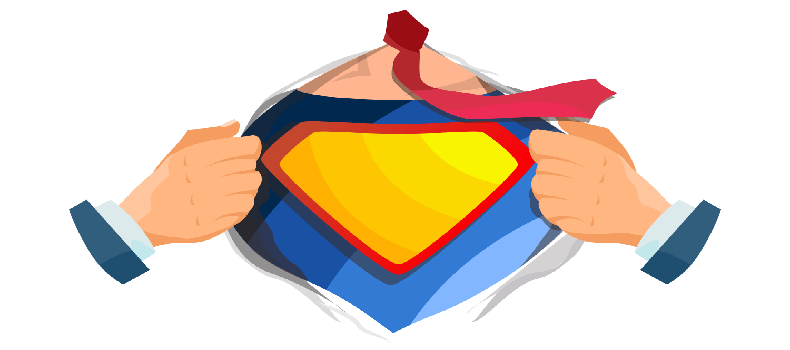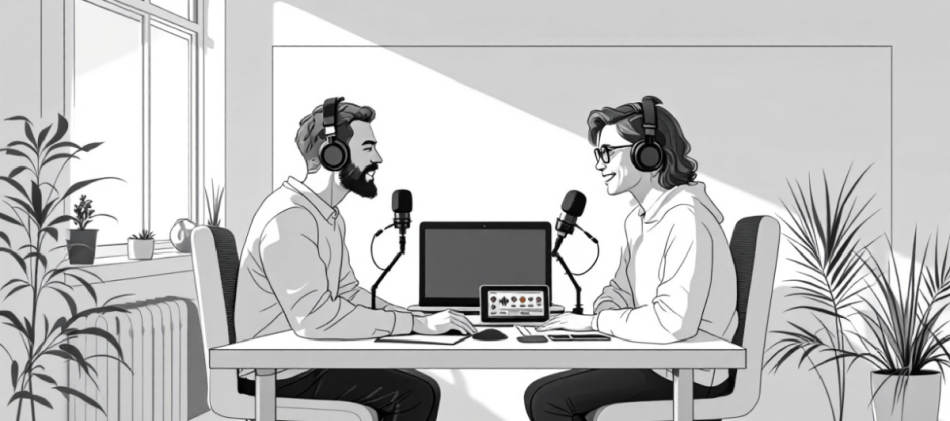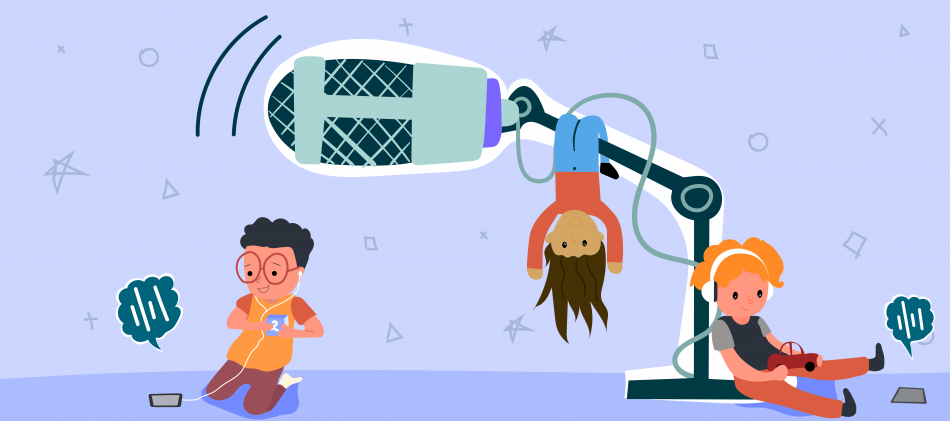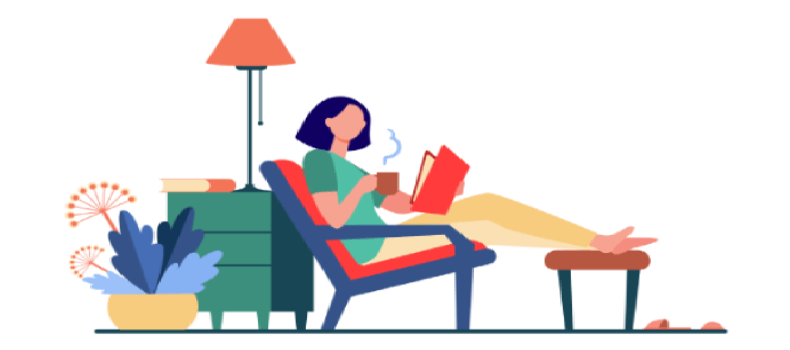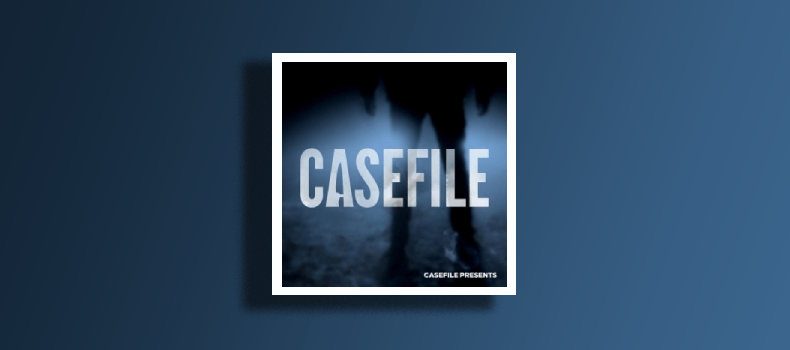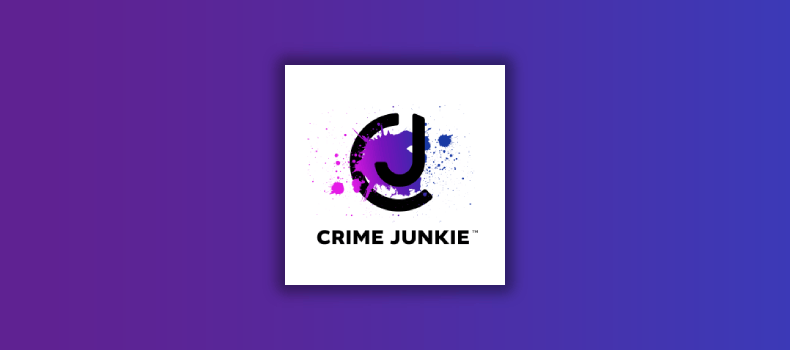Invisible wonders: my top picks from 99% Invisible

Are you curious about the hidden elements that shape our world? If so, you might share my affection for the podcast 99% Invisible. This show, hosted by Roman Mars, explores the unnoticed architecture and design that shape our lives. As an adult woman, a mother, and an avid traveler with a keen interest in the global state of affairs—and a love for the vibrant life of big cities—I’ve curated a list of relatively recent episodes that resonate with me (they are all from the last four years).
This is not just any list. It’s a personal selection filtered through my experiences and interests. From fascinating urban landscapes to the unnoticed designs that influence global culture, each episode here has left its mark on me. While I love every episode included, I’ve arranged them in chronological order, starting with the newest and moving back to some unforgettable older entries. Let’s get started.
Roman Mars Describes Chicago As It Is
Release date: January 26, 2024
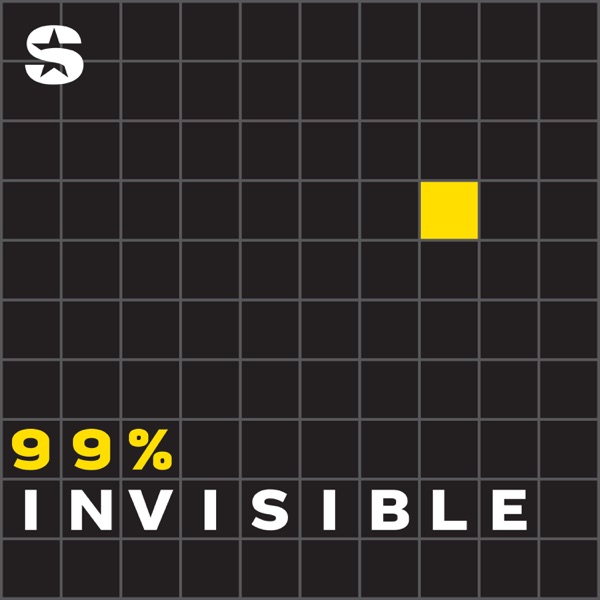 Roman Mars Describes Chicago As It Is 01/26/2024 00:37:07
Roman Mars Describes Chicago As It Is 01/26/2024 00:37:07
Roman Mars takes us on an architectural tour of Chicago, a city I deeply love. He starts with a design that was never built—a bold idea for the Tribune Tower that influenced skyscrapers all over the country, even though it remained just a drawing.
Roman doesn’t just focus on the big stuff; he also uncovers hidden gems. Did you know there’s a secret symbol in the Chicago Theater sign? Or that the Wrigley Building is named after the gum guy? And the revolving door? It’s more interesting than you’d think!
One cool story is about a plain-looking building from the Montgomery Ward complex. Its bulky design wasn’t just for looks—it was all about equality, with no corner offices, making everyone’s space the same. Now called The Montgomery, it is a symbol of simple yet powerful design choices.
Mars’ voice brings these stories to life, showing us how design is everywhere—even in the places we pass every day. A real treat packed with fascinating tidbits.
Imitation Nation
Release date: January 16, 2024
 Imitation Nation 01/16/2024 00:34:30
Imitation Nation 01/16/2024 00:34:30
Have you ever wondered how soldiers train for modern warfare? This episode shows how the U.S. military uses fake cities and imitation nations to get troops battle-ready.
Over 400 of these training villages exist across the U.S. and beyond and mimic real battle environments. From buildings to bazaars, everything is set up to feel as real as possible, complete with people role-playing as civilians and enemies.
Originally, military training was straightforward—think trenches for World War One. But as wars moved into cities, the training had to adapt. The intense urban battle of Stalingrad during World War Two changed everything, leading to highly detailed simulations of foreign towns, down to the specific materials used in buildings.
These setups aren’t just about physical spaces; they’re about understanding the human side of warfare, too. Role players act out complex scenarios that might be faced in actual combat, confusing the line between training and reality.
Imitation Nation makes you think about the impact of these simulations and what they mean for the soldiers who might one day apply what they’ve learned in real conflict zones. How well can a fake city prepare someone for the real challenges and consequences of war? This episode invites you to think.
The Frankfurt Kitchen
Release date: June 20, 2023
 The Frankfurt Kitchen 06/20/2023 00:34:23
The Frankfurt Kitchen 06/20/2023 00:34:23
This episode takes us back to post-World War I Frankfurt, Germany, where the city embarked on an ambitious project to build over 10,000 public housing units. Amid this wave of modern, sleek architecture, the standout star was the kitchen.
Dubbed the Frankfurt Kitchen, it’s celebrated as the first modern kitchen. Surprisingly, some of these kitchens have been preserved and can even be found in museums today. Seeing one, you might think, ‘That’s just a kitchen’, but it was revolutionary back then. This episode captures the innovation of the time and brings to life the simplicity and impact of such a design in the struggling city’s landscape. It’s fascinating how a simple room became a blueprint for modern living.
Call of Duty: Free
Release date: February 16, 2022
 Call of Duty: Free 02/16/2022 00:49:54
Call of Duty: Free 02/16/2022 00:49:54
Did you know that a small Irish town reshaped the global economy? Yes. And this episode explores this remarkable story, and it’s easily one of my favorites for its surprising and relevant information and first-hand footage.
It all starts in Shannon, Ireland, known not for its quaint landscapes but for its airport, which was bustling when airplanes could not make it through the Atlantic and needed to stop for fuel. Here, Brendan O’Regan opened the world’s first airport duty-free shop in 1950. Simple idea, right? Goods sold without tax to travelers in transit, similar to international waters. This small innovation sparked a global revolution in airport retail.
But what happens when advancements threaten to make your breakthrough obsolete? Shannon faced this challenge head-on in the late 1950s as jet aircraft reduced the need for refueling stops. O’Regan’s response? The Free Zone. Right next to the airport, this zone allowed manufacturers to operate tax-free, attracting giants like Sony and GE, and turbocharging Ireland’s economy.
This concept didn’t just thrive; it went viral, inspiring the creation of Special Economic Zones (SEZs) worldwide. Now, there are thousands of SEZs, from China to Mexico, each a descendant of O’Regan’s original idea.
But this episode isn’t just a success story. It also explores the complexities and controversies of SEZs. Are these zones indeed a boon, or do they sometimes exploit their advantages at a cost to others?
Can innovation emerge from the most unexpected places? Could Shannon’s story inspire the next big economic revolution? This episode makes you believe it just might.
Tanz Tanz Revolution
Release date: June 11, 2021
 Tanz Tanz Revolution 05/11/2021 00:44:04
Tanz Tanz Revolution 05/11/2021 00:44:04
This is a must-listen for all party lovers. As a big fan of Berlin and its iconic techno music, this episode opened my eyes to how a genre can influence a city.
Imagine Berlin just after the Wall falls. Abandoned buildings everywhere become the perfect playgrounds for techno parties. Isn’t that wild? This new freedom wasn’t just about politics but about expressing yourself on the dance floor, where East and West truly united.
Why did techno thrive so much here? Before the Wall fell, West Berlin was a haven for the unconventional, while East Berliners, under strict control, could only dream of such freedom. The moment the Wall came down, everything changed. Parties sprung up, and spaces like the famous Tresor club became the heartbeats of the city.
Did you know that techno helped revive Berlin’s economy? Yes. From underground clubs to major economic growth, techno was a driving force, pulling in billions by 2018 and even attracting tech giants.
So, have you ever thought about how powerful music can be? This episode shows just that, revealing the surprising impact of Berlin’s techno scene on music lovers and the entire city.
If you’re intrigued by how culture can transform a place, give it a listen. You will also have the opportunity to listen to the shapers of the Berlin techno scene. You’ll see why it’s my favorite episode.
The Book of Tasty and Healthy Food
Release date: August 4, 2021
 The Book of Tasty and Healthy Food 08/04/2021 00:42:27
The Book of Tasty and Healthy Food 08/04/2021 00:42:27
I love any issue about how history, politics, and daily life collide, and there’s probably no better element to discuss this than food. That’s why this episode resonates with me, especially as a mom who loves to cook and as a migrant. It certainly touched me, showcasing the incredible power of food as nutrition and a tool of political influence.

Imagine a cookbook that’s more than just recipes—it’s a guide on how to be a Soviet citizen under Stalin’s regime. The Book of Tasty and Healthy Food was a culinary guide and a political tool to transform Russian cuisine during intense change. The Soviet Union, emerging from the revolution, was desperate to define itself anew, breaking away from Czarist Russia’s opulent, unequal past.
That’s what happened in the Soviet Union after the 1917 revolution. The government needed a way to bring together its vast and varied lands. Their solution? Food.
Enter Anastas Mikoyan, Commissar of the Food Industry, had a huge challenge: feed a hungry nation and reinvent its cuisine. He looked to America’s industrial food production to create cheap, mass-produced meals for the Soviet people.
In 1939, they rolled out The Book of Tasty and Healthy Food. This wasn’t your average cookbook. It was packed with glossy photos and recipes that promised a rich Soviet life and taught everyone about their new food culture. It showed off fancy meals and simple dishes, too.
But here’s the twist: the abundance shown in the book was far from the reality most Soviet families faced. Despite the promise of plenty, real life was filled with food shortages. The rich meals in the book? Out of reach for most. Isn’t it something how a cookbook could be used to paint such a hopeful picture of a place that was struggling so much?
Isn’t it fascinating how a cookbook could paint a romantic picture of a nation? Have you ever thought about how powerful a simple cookbook can be in telling the story of a place and its people? An episode not to miss.
Isn’t it amazing how much goes unnoticed around us? These best 99% Invisible episodes reveal the invisible intricacies that define our surroundings. I hope they spark as much curiosity and wonder in you as they have in me. What will you discover next in the world of unseen design?
Posted in: All articles, Lists


